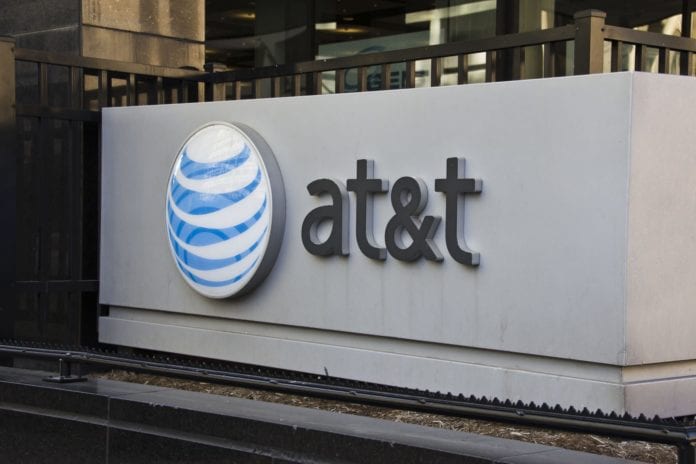The build out of Band 14 spectrum to support the First Responders Network Authority’s nationwide network for public safety users is fueling improvements in AT&T’s overall network performance as well as in its customer numbers, AT&T executives said on a call with investors.
The FirstNet build-out is 53% complete as of the end of the first quarter and is running ahead of schedule, according to AT&T CEO Randall Stephenson. AT&T reported that about 7,000 agencies have signed on for service from FirstNet and that it has more than 570,000 subscribers and “those numbers are growing,” Stephenson said. In addition, he noted that instead of AT&T customers transitioning to become FirstNet customers — which the company has said was the case in past quarters — more of the FirstNet subscribers coming onto the network are new to AT&T’s network.
Stephenson also said that because it has put attractive service pricing plans in front of FirstNet customers, when it gains one FirstNet subscriber, two family members are switching to an AT&T plan as well.
The FirstNet initiative, he said, has “catapulted AT&T into the leadership position in network quality,” citing recent test results from Global Wireless Solutions and Ookla Speedtest. Stephenson said that the improvements in the company’s wireless network quality are where he takes “more satisfaction than just about anywhere else. This has been a long time coming.”
Among other notable points from AT&T’s results and the earning call:
-AT&T did miss Wall Street expectations on its revenues, which came in at $44.8 billion for the consolidated company; net income was $4.1 billion, down from $4.7 billion in the year-ago quarter.
-Capital expenditures for the quarter were $5.9 billion.
-On 5G revenues, AT&T CFO John Stephens said that the carrier doesn’t expect to see significant revenues until next year and the year after, as it ramps up to a deployment footprint of 200 million potential customers covered by the end of next year. He said that AT&T is concentrating on enterprise customers in early 5G deployments and that businesses are using the service as a wired-network replacement with 5G customer premise equipment.
“We’re still very optimistic that we are leading in 5G, but we’ll see those revenue impacts growing over the next year and into the 2021 timeframe,” said Stephens.
-Wireless device equipment revenues continue to be impacted because consumers are waiting longer between device upgrades. AT&T said that it had the lowest upgrade rate in its customer during the first quarter.
-AT&T’s wireless segment reported 179,000 postpaid smartphone net additions in the U.S., with 80,000 postpaid phone net additions.
-AT&T said it had 96,000 wireless prepaid net additions, of which 85,000 were phones. It says that it is focusing on high-value prepaid customers (which Verizon also said on its earning call yesterday) and released some additional insights into its prepaid customer base, as noted by analyst Bill Ho of 556 Ventures on Twitter:
-AT&T executives noted a number of times that the company’s entertainment group’s earnings are stabilizing, although it does continue to lose both premium TV subscribers (544,000 in the quarter) and DirecTV Now subs (83,000 in the quarter). On the fiber side, the company said that it had 45,000 broadband net additions. As an aside for Game of Thrones fans, the company called out some interesting numbers: more than 17 million people tuned in for the recent season premiere of the series, and more than 27 million people have since watched the episode; AT&T said that it had more HBO Now subscribers sign up in the week leading up to the premiere than in any other week in the service’s history.

